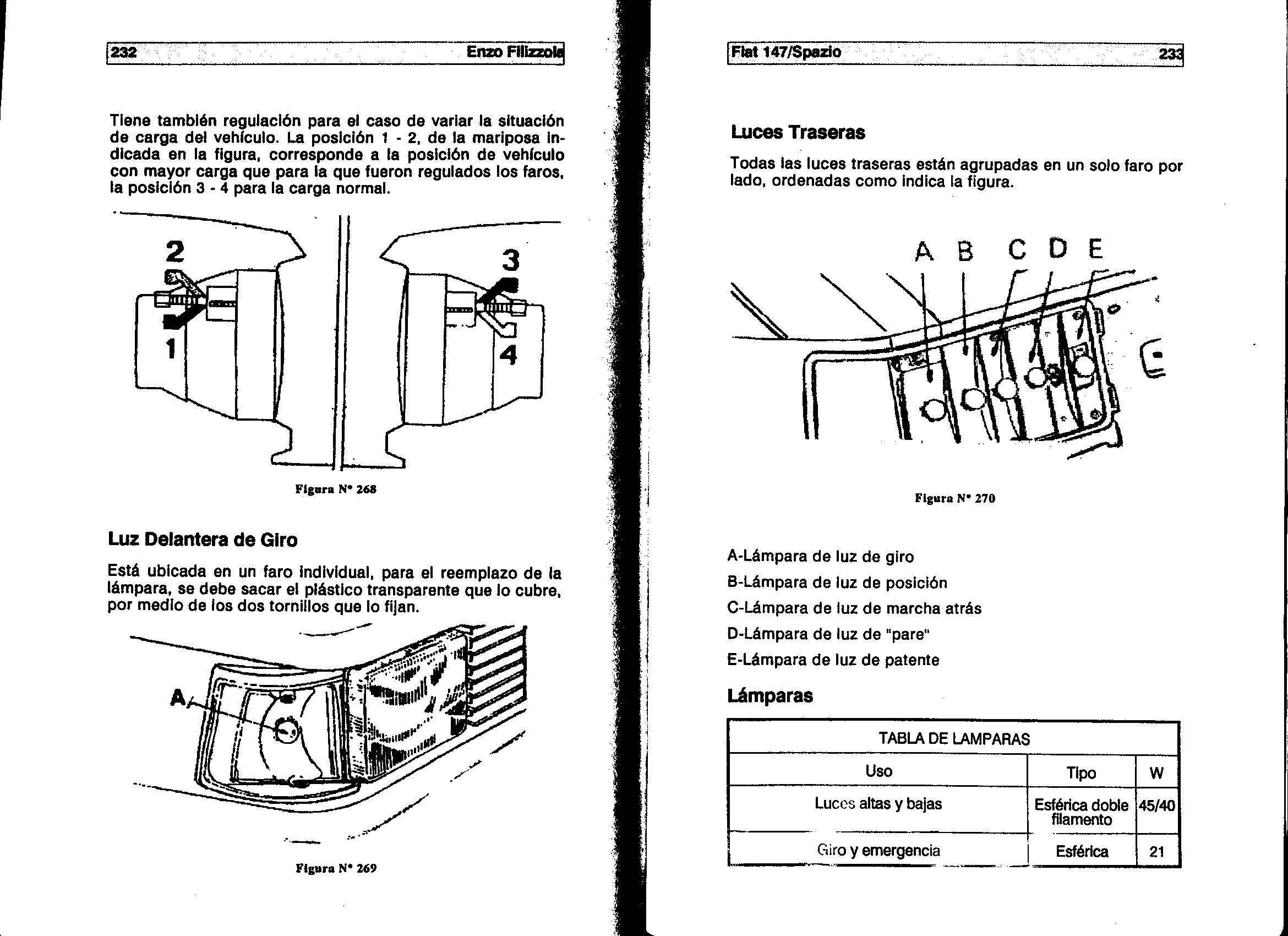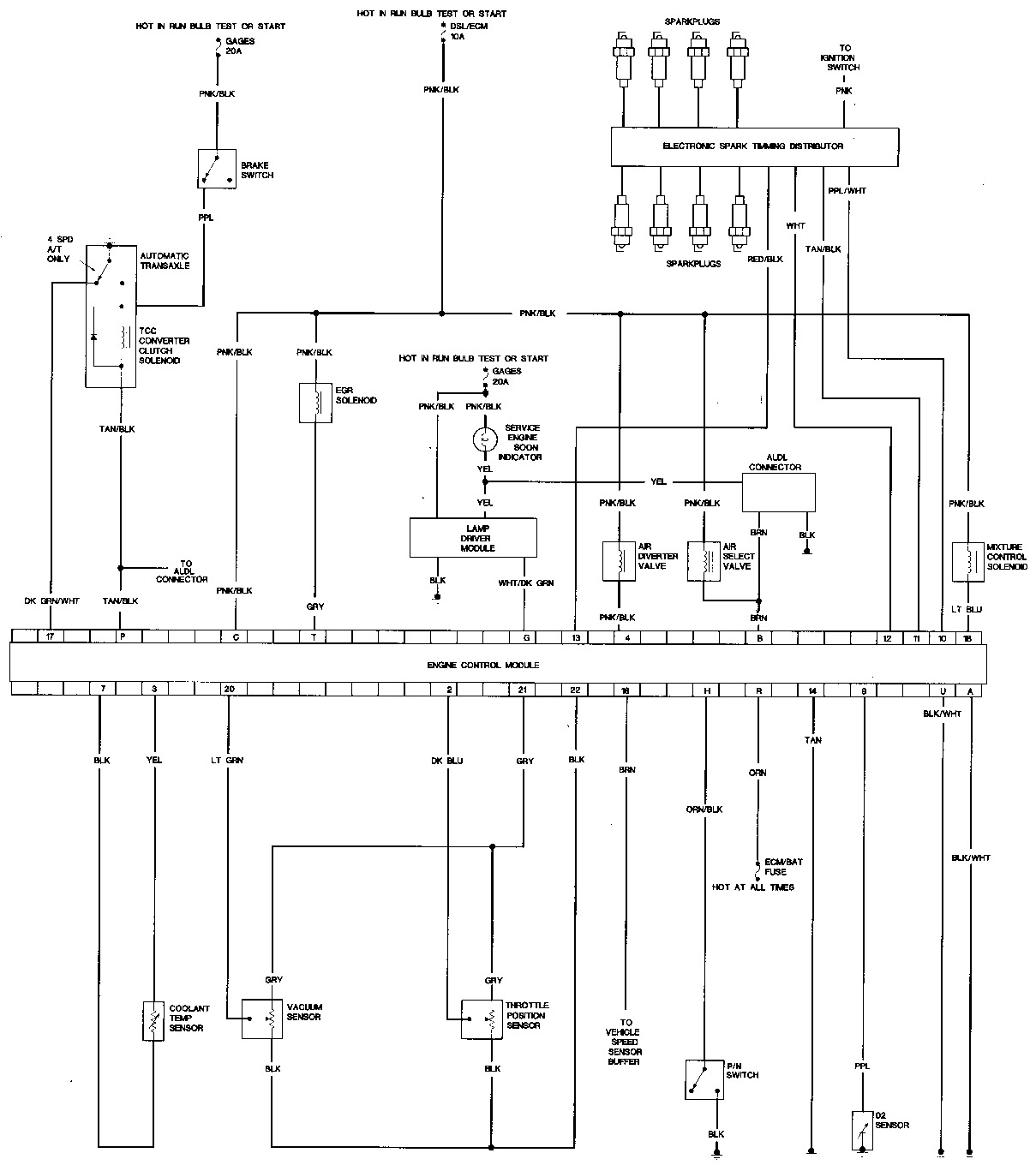

Along with the facelift, engine outputs all crept up by a few horsepower. The pre-facelift body remained in use for a few years on the cheapest 147 C – to mark the newer versions as different, they received the additional 'Spazio’ label: this name later came to replace the '147’ badge in Argentina. Later yet (1983), the front was redesigned to match Fiat’s new corporate face as defined by the new Uno. The earliest cars had a front clip similar to the European 127, but later a new, reverse-rake front appearance was developed.

The 147 underwent a number of facelifts during its career.

In 1982, the diesel engine was also added to the 'Panorama’ station wagon, which also became available in Europe as a 127. This version, complete with face-lifted Brazilian market bodywork, was also exported to Europe as a '127’ beginning in 1981. Ī 45 PS (33 kW) 1,301 cc (79.4 cu in) diesel engine, based on the 1,049 cc unit, was also developed but was only ever marketed abroad, as private car owners in Brazil were not allowed to register diesel cars. This engine later found its way into the mildly sporting TR (with 71 PS or 52 kW), as well as (in lower-tuned form) the 147 CLS, Oggi CS, and Panorama CL. A year later yet the luxurious GLS was added, as was the sporty 'Racing’ model, fitted with a 63 PS (46 kW) 1.3 liter engine. This version was nicknamed 'cachacinha’ (little cachaça) because it had the smell of that drink.Īfter having been introduced in the fall of 1976, the lineup was divided into 147, 147 L, and 147 GL in November of the next year. The performance slightly increased and fuel consumption was 30% higher but the cost of the alcohol was a quarter of that of the gasoline because, at that time, petrol had become expensive as a consequence of the 1973 oil crisis. The 147 was the first modern car to use ethanol (E100) as fuel instead of petrol. The first facelift version of the 147 (Italy, carrying '127’ labels)
PLANO INSTALACION ELECTRICA FIAT 147 DIESEL SERIES
The 1,049 cc (64.0 cu in) engine, along with some of the revised bodyshell elements of the 147 (most notably the rear three-quarter panels) were later introduced on the Series 2 version of the 127 itself, when it was released in Europe a year later. Press reports of the time reported that the larger engine produced a much smoother and quieter drive as well as enhanced torque. In order to provide adequate power with the lower compression ratio, a larger engine was needed, and the Fiat 147 was launched with a 1,049 cc (64.0 cu in) unit with a five-bearing crankshaft in place of the 903 cc (55.1 cu in), three-bearing engine that then was still standard in the 127s from Turin. However, the cheaper (so called yellow grade) petrol widely distributed in Brazil in 1976 had an octane rating of just 73, so for Brazil it was necessary to use a relatively low compression ratio of 7.2 to 1. Some were also built by Sevel in Argentina (where later models were named Fiat Spazio, Brío and Vivace ) until 1996, and assembly also took place in Colombia, Uruguay, and Venezuela.ĭiagrama Instalacion Electrica Fiat 147 Brazil ĭuring the two decades that followed the Second World War, the available fuels in Europe had featured progressively higher octane ratings, and compression ratios of European cars had increased correspondingly. It was the Brazilian variant of the Fiat 127. The Fiat 147 was a three-door hatchbackcompact car produced by Fiat in the Brazilian state of Minas Gerais from autumn 1976 until 1987, when it was replaced by the FiatUno. HpqxozQIb24/TwMs4_TE21I/AAAAAAAAAQY/0TSrBSW6aYo/s1600/Sin+t%25C3%25ADtulo.png’ alt=‘Plano Instalacion Electrica Fiat 147 84’ title Cable de potencia tele fonika aquaflex 2. Hola amigos tengo un problema con un fiat 147 spacio modelo 87 si alguien tuviera el plano electrico por fabor, les agradesco desde ya la ayuda. Un accesorio que no debe faltar en todo auto modificado! Aprende como instalar cada uno de sus. › Plano Instalacion Electrica Fiat 147 ▄Jump to navigationJump to search


 0 kommentar(er)
0 kommentar(er)
